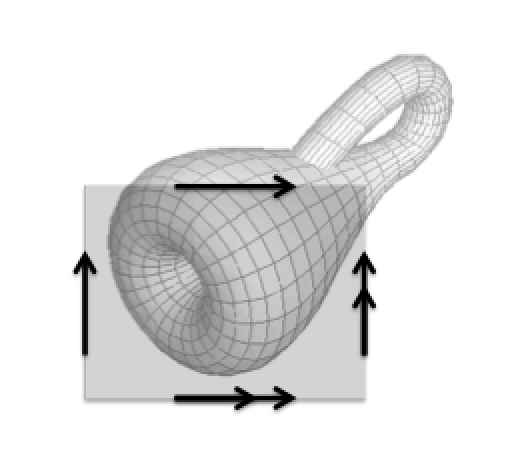I'm interested in refining and applying local-to-global methods from algebraic topology to problems in optimization and data analysis. To that end, I am interested in algebraic invariants on topological structures naturally occurring in the real-world but are not amenable to standard homological algebra.
 | Directed Topology Spaces often come equipped with directionality, like vector fields, partial orders, and simplicial orientations. Directed algebraic topology studies algebraic invariants on such spaces that can capture information about the topology and directionality.
| ||||||
 | Applied Topology
|